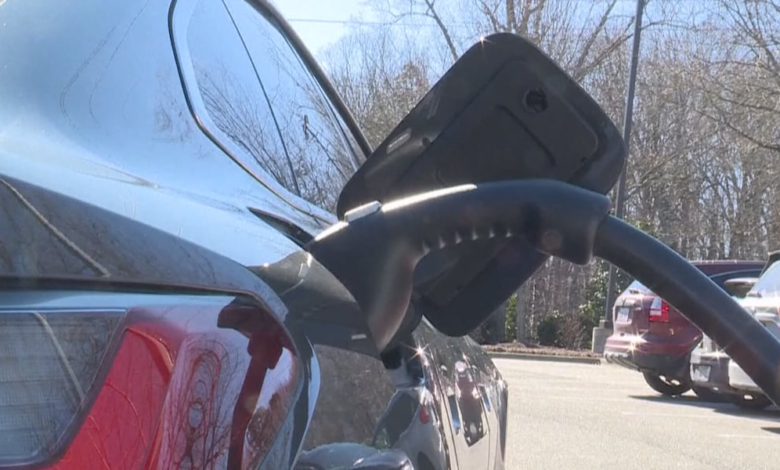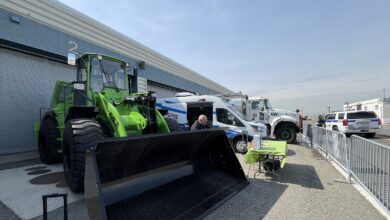ArDOT addressing EV charging shortage in rural areas

JONESBORO, Ark. (KAIT) – Electric vehicles continue to enter area roadways more and more.
Whether it’s Tesla, Ford, or another manufacturer’s EV, finding a place to charge the vehicle might be difficult.
A map from the U.S. Department of Energy shows charging “gaps” in areas of Northern Arkansas, as well as Southeast Arkansas.
For Tesla Model 3 Driver Micah Woods, charging on main roads across Arkansas is rather easy.
“Anytime you’re along any type of interstate, it’s pretty easy. Anywhere in Little Rock or down I-40,” Woods explained.
Woods said she travels across the state frequently and has run into her share of issues trying to charge up.
“When you try to get off somewhere a little further off, it can get harder. There isn’t much charging available,” Woods said.
Saying that when on a drive in rural parts of the state, it sometimes can be a hassle trying to charge your vehicle.
“It’s still kind of limited and you have to plan around it. It would be nice to plan around it. It would be a lot nicer to have more available and not stop what you’re doing and drive 15-20 minutes one direction to charge,” Woods stated.
But other than long drives, she said she prefers her EV over her former vehicles that were gas.
“The public charging outside my house can be kind of hard, but now that I have a home charger it makes a huge difference, but I don’t think I will ever go back to gas,” Woods explained.
The charging gap is something Arkansas is trying to address.
“The goal is to by 2030 have an infrastructure built nationwide,” ArDOT Public Information Officer Dave Parker said.
A grant program through the U.S. Department of Transportation gives ArDOT funding to find where people might struggle to plug in.
“We identify where there are gaps in electric charging stations. Where we have those spots, those periods where someone driving an electric car would have difficulty getting from A to B,” Parker stated.
In recent years, some Northeast Arkansas towns have been receipts of that funding, and Parker explained he expects more grants to be offered this year.
“I think we have roughly $54 million over five years, so there is still money out there that we’ve been awarded through the IAJA funding,” Parker added.
To report a typo or correction, please click here.
Copyright 2024 KAIT. All rights reserved.



